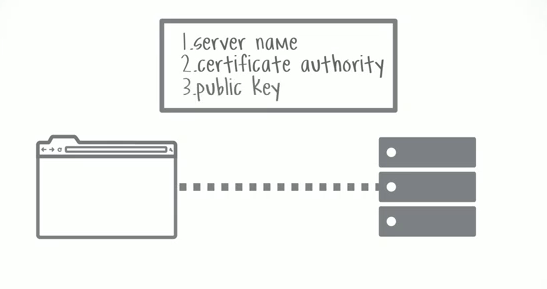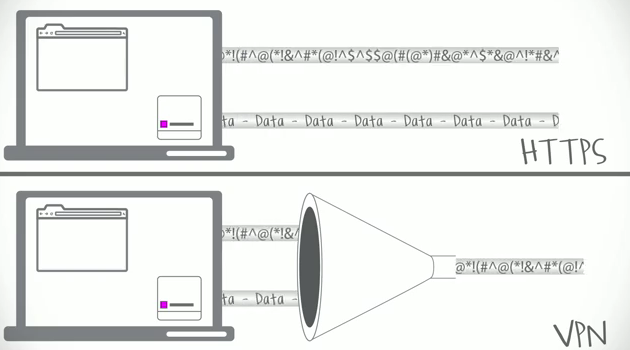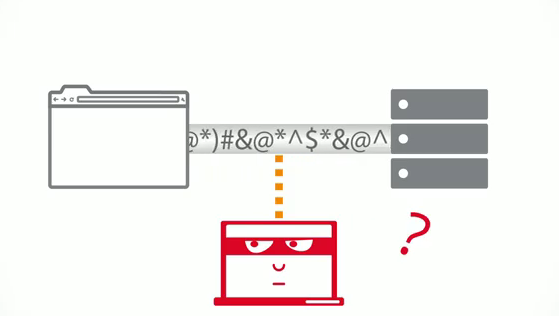Transport Layer Security (TLS) and its predecessor, Secure Sockets Layer (SSL), are cryptographic protocols that provide communication security over the Internet.[1] TLS and SSL encrypt the segments of network connections above the Transport Layer, using asymmetric cryptography for privacy and a keyed message authentication code for message reliability.

Hackers might Attack PLAIN Data

Be aware of untrustworthy Web Sites

Use HTTPS / SSL for secure Web Access

1. Server Name
2. Certificate Authority
3. Public Key

A virtual private network (VPN) is a method of computer networking–typically using the public internet–that allows users to share information privately between remote locations, or between a remote location and a business’ home network. A VPN can provide secure information transport by authenticating users, and encrypting data to prevent unauthorized persons from reading the information transmitted. The VPN can be used to send any kind of network traffic securely.

Data Flow difference between HTTPS & VPN

Data Encryption can help you to secure access

‘Security is a not a product, but a process.’
